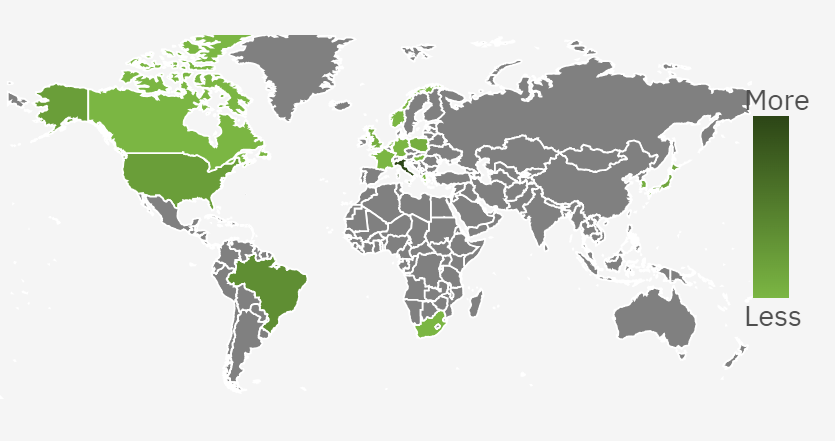 An open access journal
An open access journal
Research on rapid de-icing intelligent device and its control technology based on multi-machine synergy
Abstract
In this study, a rapid de-icing intelligent device and its control technology based on multi-machine synergy are developed for the ice-covering problem of high-voltage transmission lines caused by global climate change. The current de-icing technology suffers from high energy consumption, difficult engineering application, and constraints of range and stability. This intelligent device integrates four de-icing modes, namely, rotary, percussive, electromagnetic heating and microwave heating, which can flexibly select de-icing strategies according to the ice state, and improve the de-icing efficiency and adaptability. The introduction of UAV magnetic wireless charging auxiliary system solves the range bottleneck and realises continuous operation at high altitude. Using ultrasonic and infrared ranging multi-sensor fusion, combined with the ESP32 master control unit to build the air-ground cooperative closed-loop obstacle avoidance system, to enhance the safety of operation. The mechanical self-stabilisation module is designed based on the principle of balanced gyro, which reduces system complexity and energy consumption and improves reliability and stability. The research results are of great significance in guaranteeing the safety of power grid, reducing the risk of manual overhead operation, promoting industrial upgrading and energy saving and emission reduction, etc., and providing an efficient and intelligent solution for the de-icing of high-voltage lines.
Share and Cite
Article Metrics
References
- Li Q, Chai Z, Yao R, et al. Investigation into UAV Applications for Environmental Ice Detection and De-Icing Technology[J]. Drones, 2024, 9(1): 5.
- Nampoothiri K N, Bobji M S, Sen P. De-icing device with self-adjusting power consumption and ice sensing capabilities[J]. Journal of Microelectromechanical Systems, 2020, 29(4): 562-570.
- Liu W, Chen Y, Hou F, et al. Fixed spray type anti-ice deicing control system design[C]//Journal of Physics: Conference Series. IOP Publishing, 2019,. 1423(1): 012066.
- Zhang Z, Zhang H, Yue S, et al. A review of icing and anti-icing technology for transmission lines[J]. Energies, 2023, 16(2): 601.
- Yi Q, Zhuang H, Lu C, et al. Optimal control algorithm of working speed of deicing robot based on fuzzy PID[C]//2020 IEEE 4th Information Technology, Networking, Electronic and Automation Control Conference (ITNEC). Networking, Electronic and Automation Control Conference (ITNEC). IEEE, 2020, 1: 2118-2122.
- Bahrami A, Yan M, Shahidehpour M, et al. Mobile and portable de-icing devices for enhancing the distribution system resilience against ice storms: preventive strategies for damage control[J]. preventive strategies for damage control[J]. IEEE Electrification Magazine, 2021, 9(3): 120-129.
- Solangi A R. Icing effects on power lines and anti-icing and de-icing methods[D]. UiT The Arctic University of Norway, 2018.
- Yang G, Jiang X, Ren X, et al. Site experimental study on smart de-icing device based on the de-icing method by the transferred current of bundled conductors[C]//22nd International Symposium on High Voltage Engineering (ISH 2021). IET, 2021, 2021: 236-241.
- Kenzhebayeva A, Bakbolat B, Sultanov F, et al. A mini-review on recent developments in anti-icing methods[J]. Polymers, 2021, 13(23): 4149.
- Wang Y, Chen Y, Zhong H, et al. Control Methods for Transmission Line De-icing Robot Manipulator[M]//Electric Power Robots: Modeling, Control, and Singapore: Springer Nature Singapore, 2025: 149-181.

